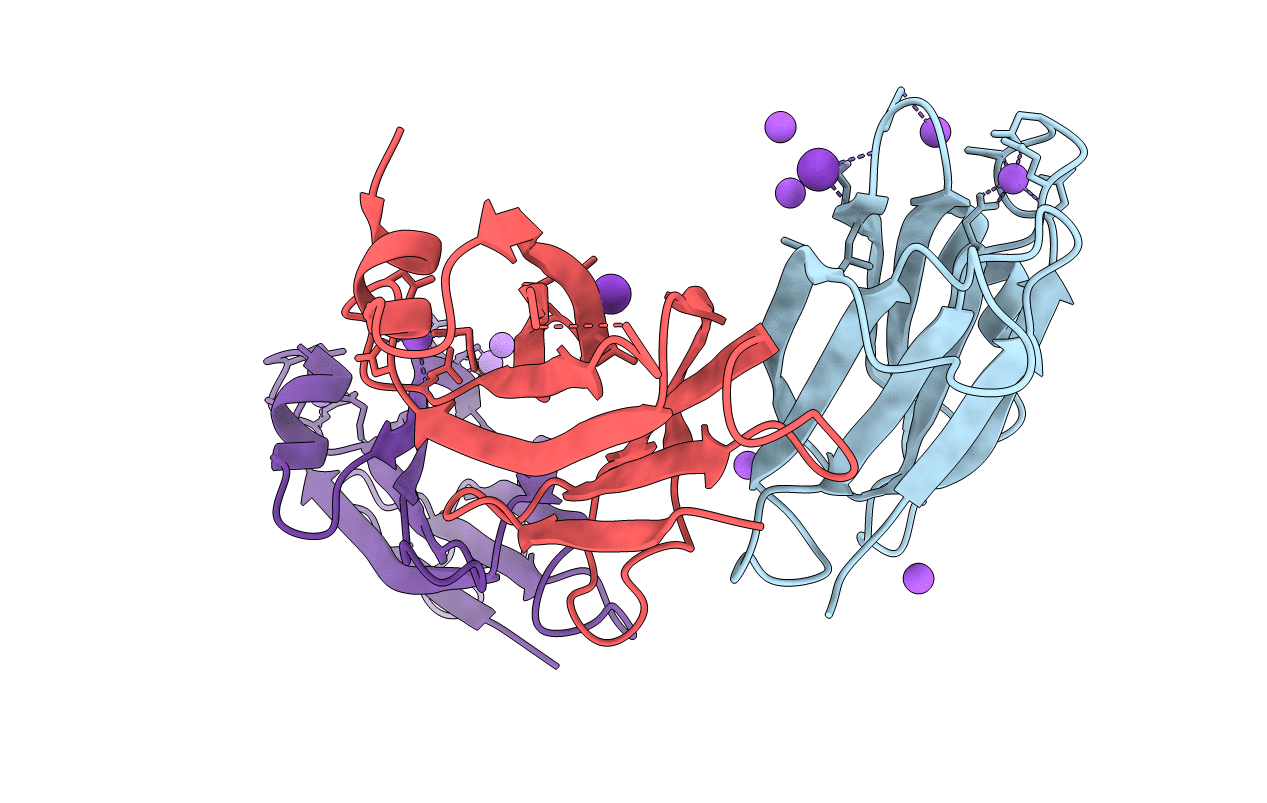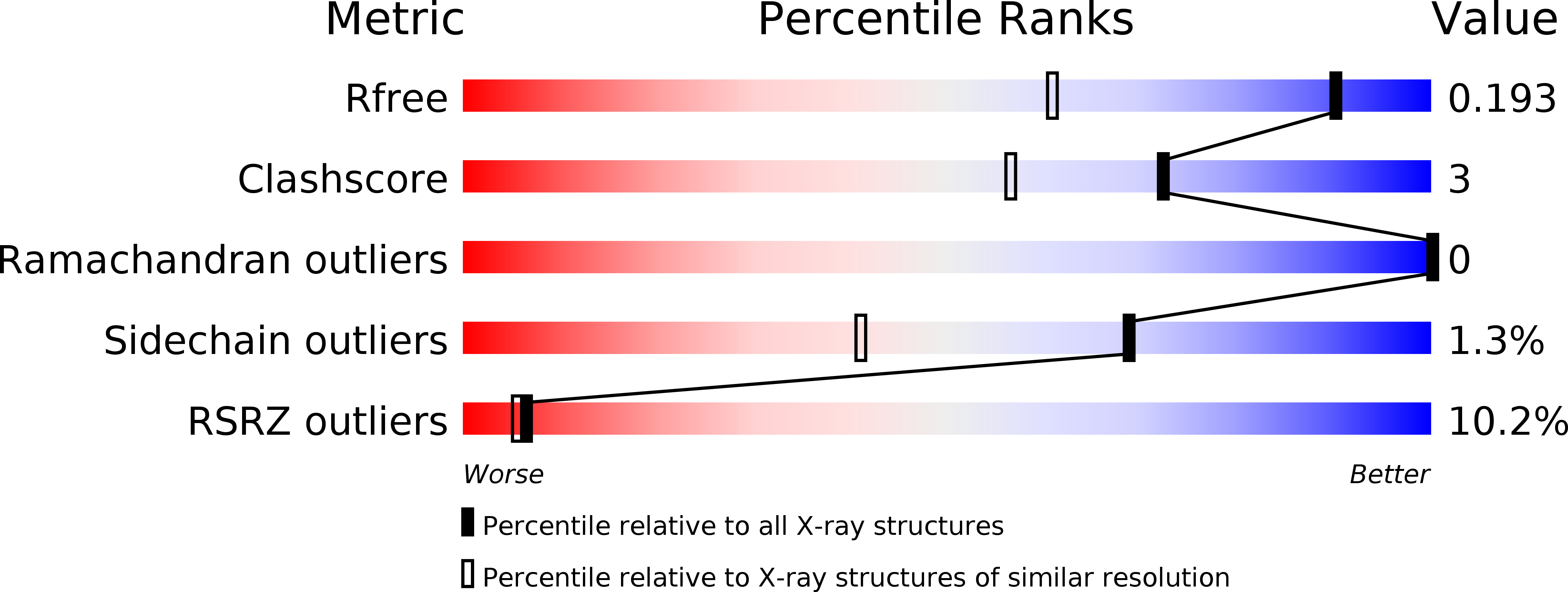
Deposition Date
2010-08-11
Release Date
2010-12-22
Last Version Date
2024-02-21
Entry Detail
PDB ID:
3OD9
Keywords:
Title:
Crystal structure of PliI-Ah, periplasmic lysozyme inhibitor of I-type lysozyme from Aeromonas hydrophyla
Biological Source:
Source Organism:
Aeromonas hydrophila (Taxon ID: 380703)
Host Organism:
Method Details:
Experimental Method:
Resolution:
1.41 Å
R-Value Free:
0.19
R-Value Work:
0.16
R-Value Observed:
0.16
Space Group:
C 1 2 1


